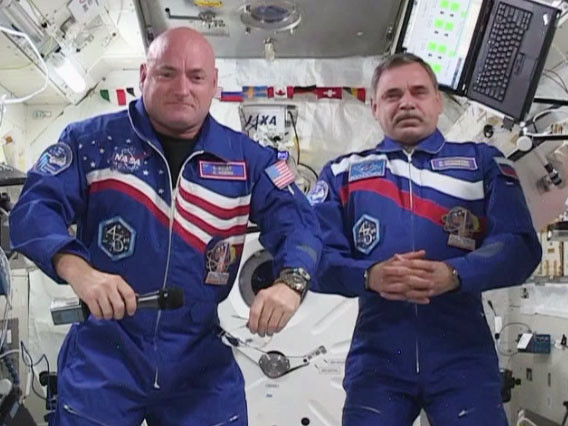Researchers have discovered that astronauts lose decades' worth of bone mass in space, and many do not recover even after returning to Earth for a year. They have warned that this finding may be of "great concern" for trips to Mars in the future.
According to earlier studies, astronauts lose between 1% and 2% of their bone density for each month they spend in space since there is less pressure on their legs when standing and walking because of the absence of gravity.
A recent study examined the wrists and ankles of 17 astronauts before, during, and after a stay on the International Space Station (ISS) to see how astronauts recuperate once their feet are back on the ground.
Based on a study by co-author Dr. Steven Boyd of Canada's University of Calgary and director of the McCaig Institute for Bone and Joint Health, the bone density lost by astronauts was equivalent to how much they would lose in several decades if they were back on Earth.
The scientists discovered that nine of the astronauts' shinbone density had not fully recovered after a year on Earth and that they were still deficient around ten years' worth of bone mass.
The astronauts who spent the most prolonged periods of time on the ISS-four to seven months-recovered the least quickly. Boyd said, "the longer you spend in space, the more bone you lose."
For upcoming missions to Mars, which might include people spending years in space, Boyd commented that it was a "big concern."
"Will it continue to get worse over time or not? We don't know," he said. "It's possible we hit a steady state after a while, or it's possible that we continue to lose bone. But I can't imagine that we'd continue to lose it until there's nothing left."
According to 2020 modeling research, 33 percent of astronauts on a three-year mission to Mars would be at risk for osteoporosis.
The new research, which was presented in Scientific Reports, also demonstrated how space travel changes the actual structure of bones.
Boyd claimed that if you compared a person's bones to those of the Eiffel Tower, it would be as if some of the supporting metal rods had been missing, causing the tower to collapse. "And when we return to Earth, we thicken up what's remaining, but we don't actually create new rods," he said.
The study discovered that some workouts are superior to maintaining bone mass. It concluded that deadlifting was much more efficient than either jogging or cycling and recommended more challenging lower-body activities in the future.






